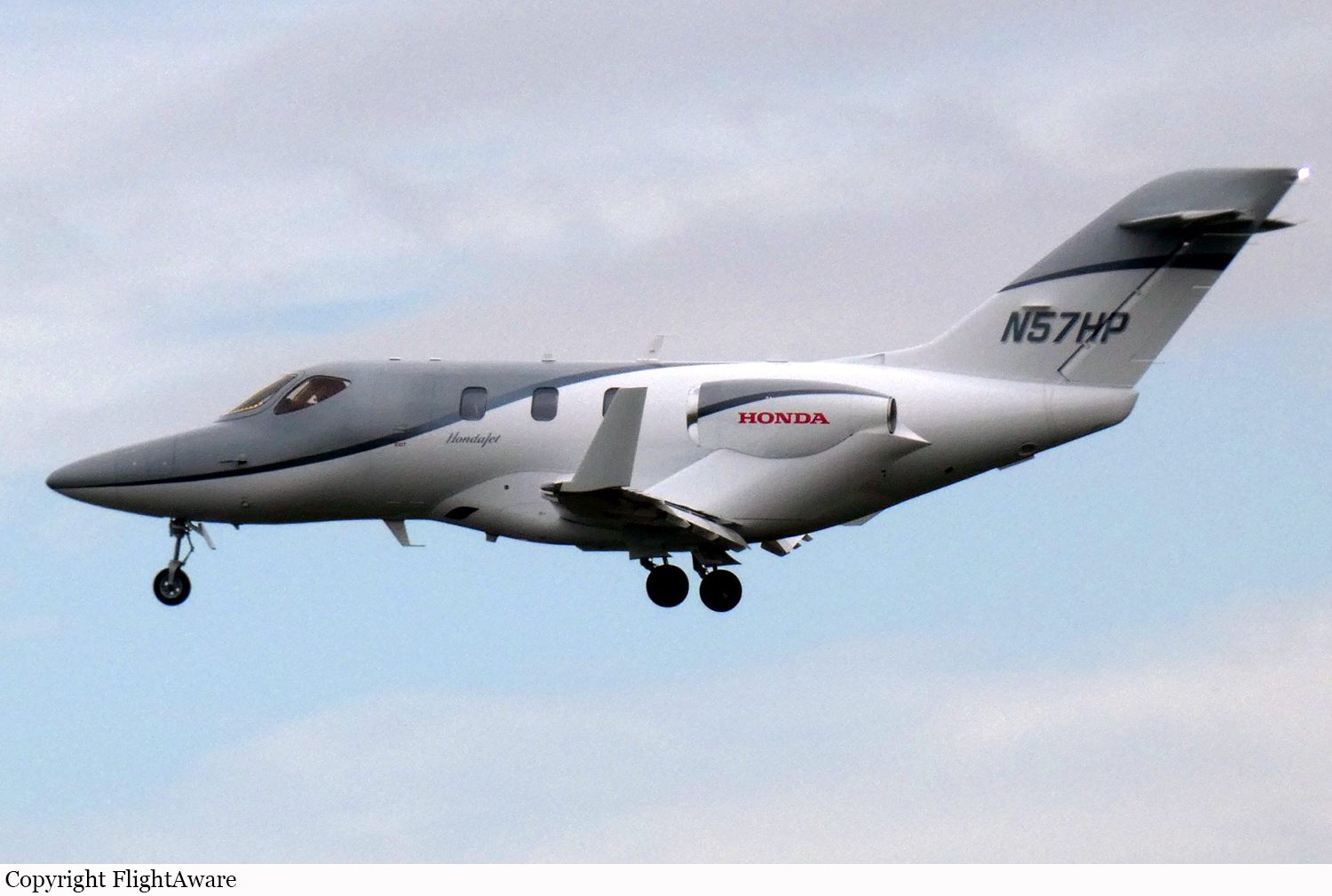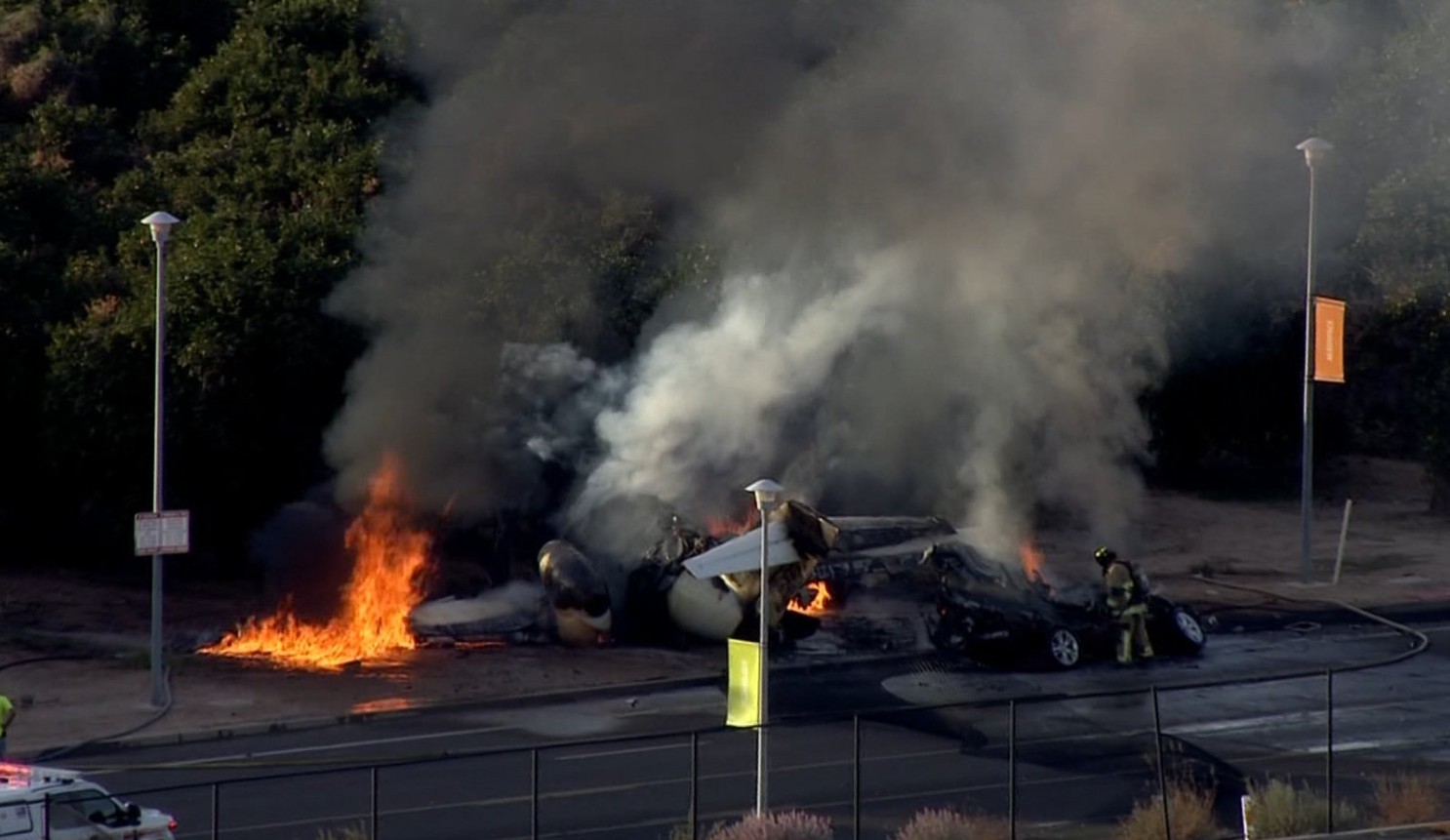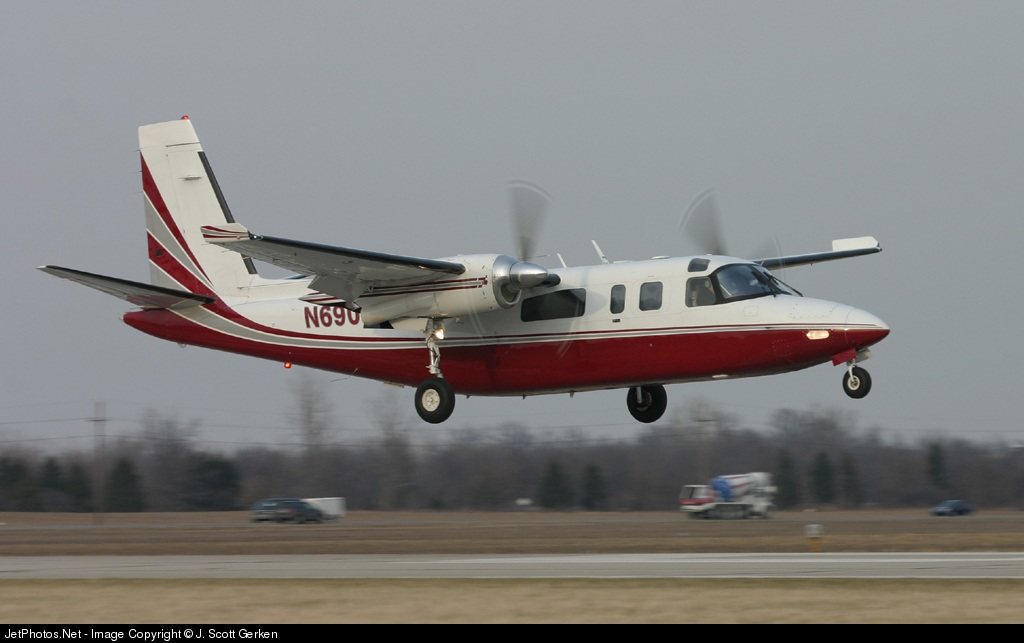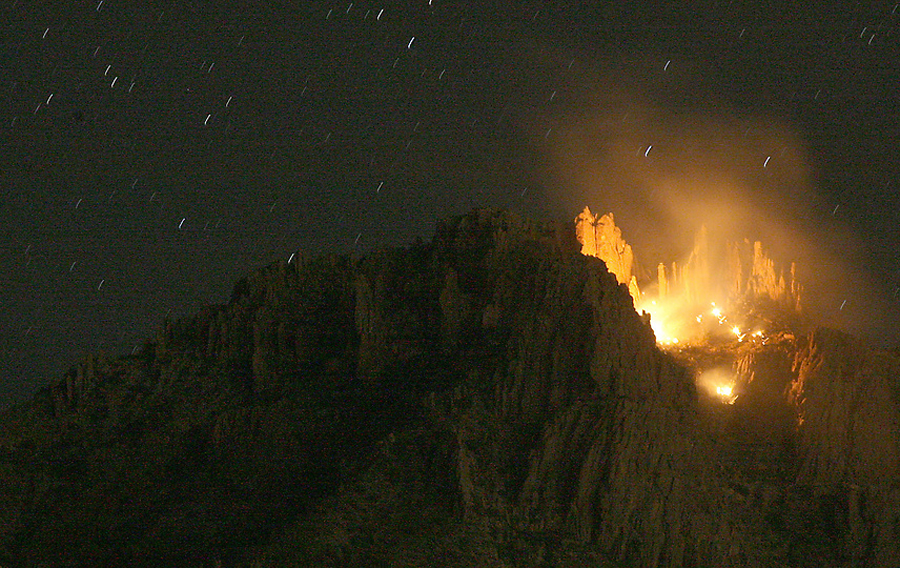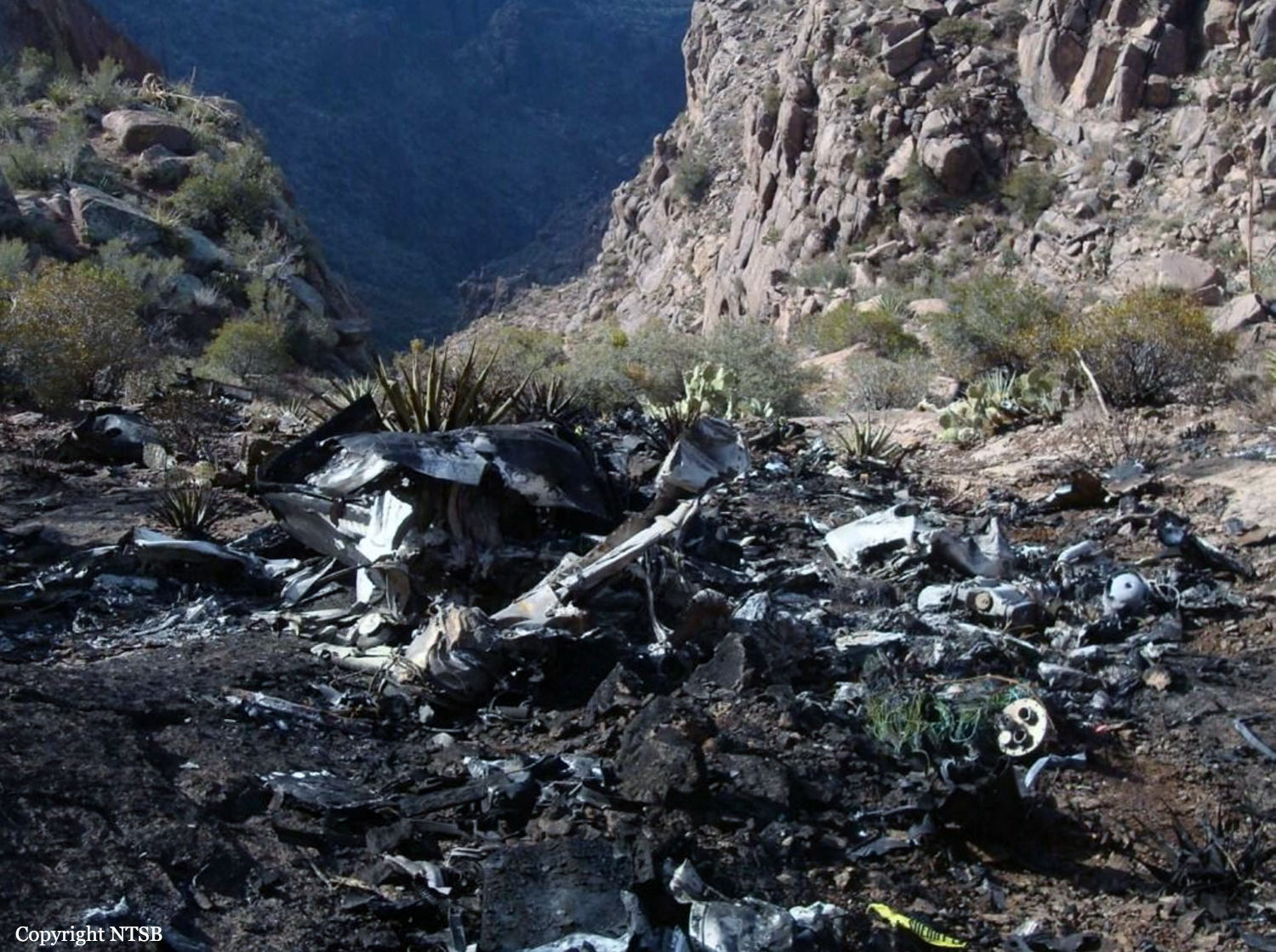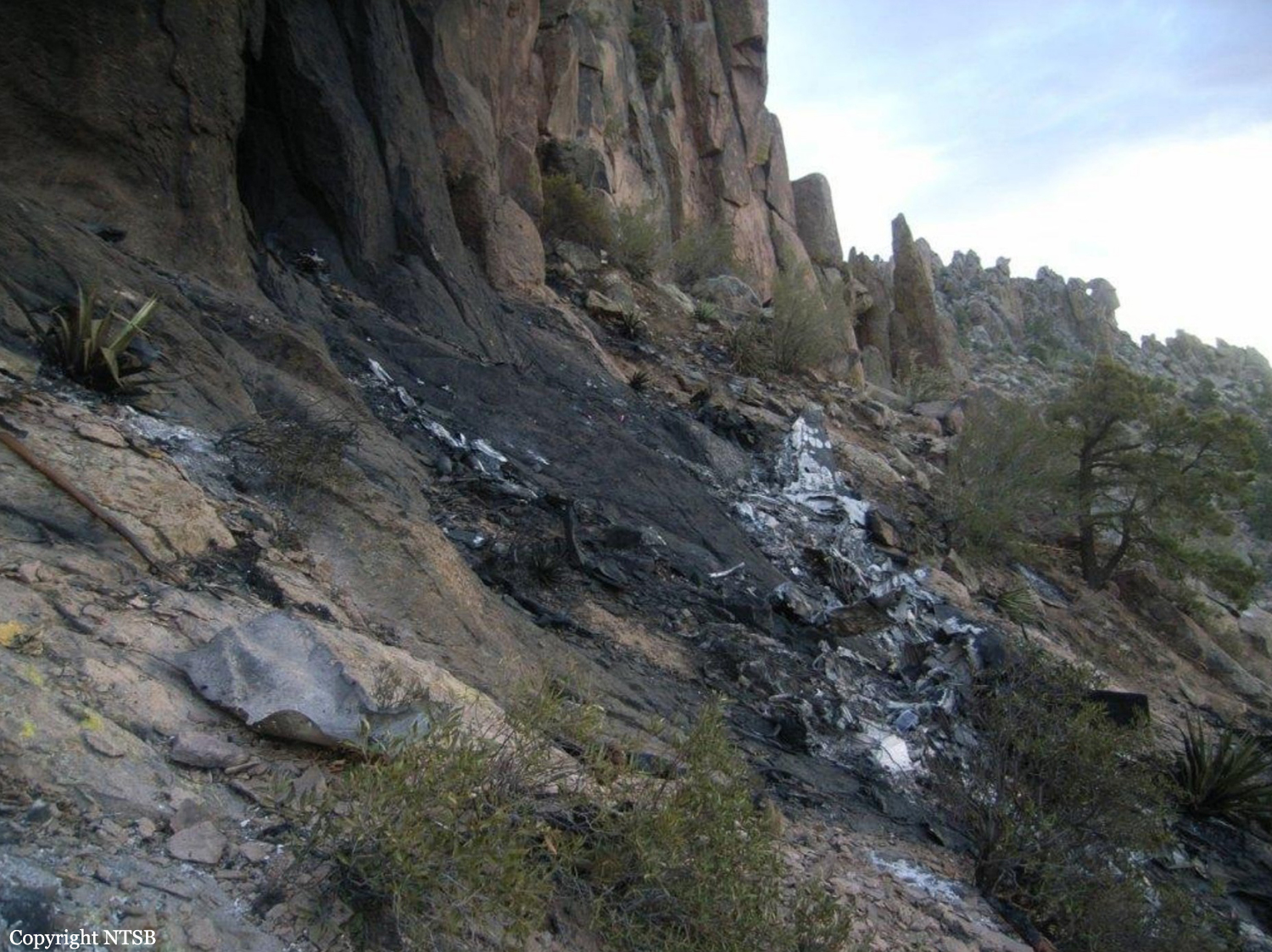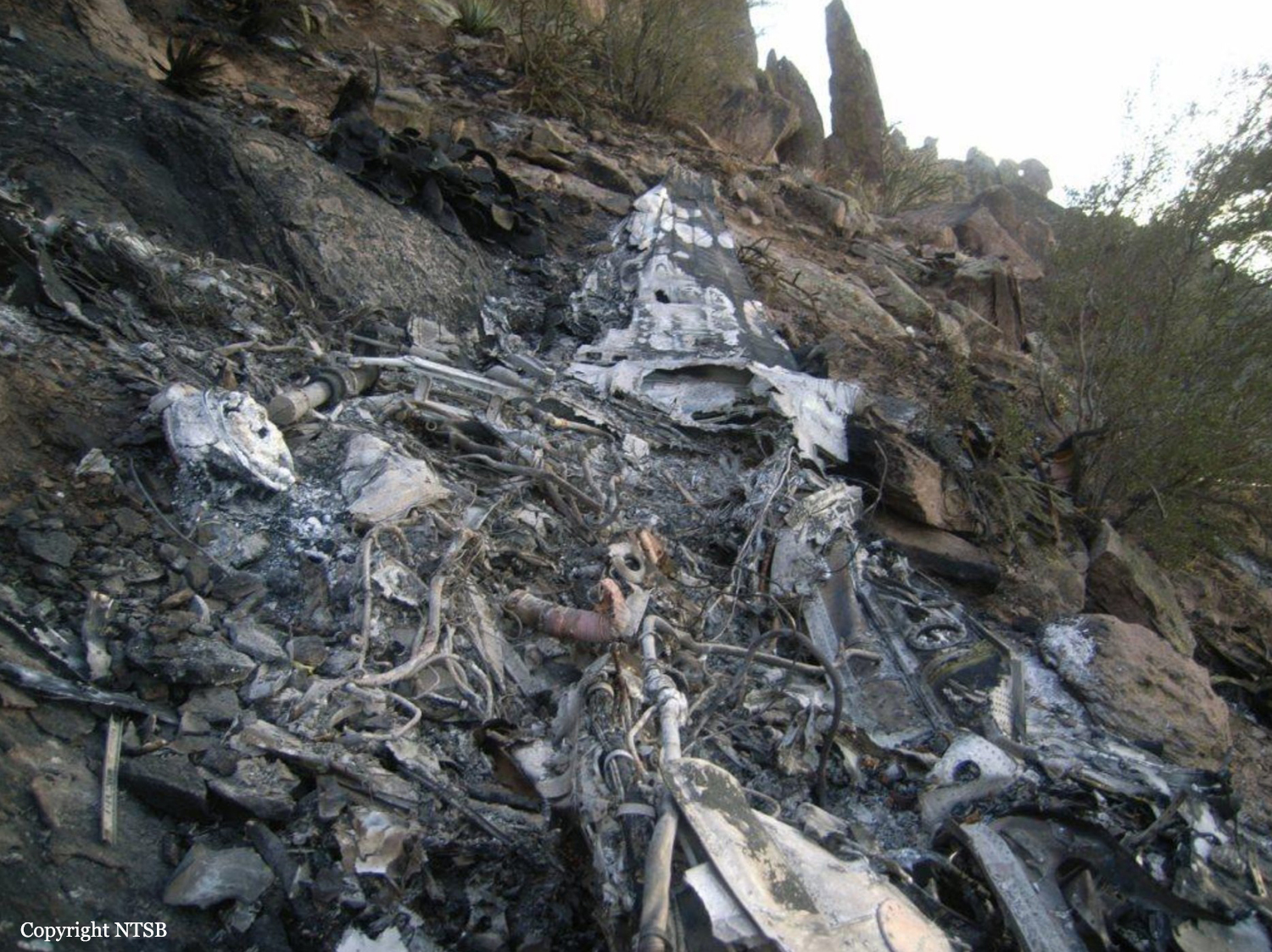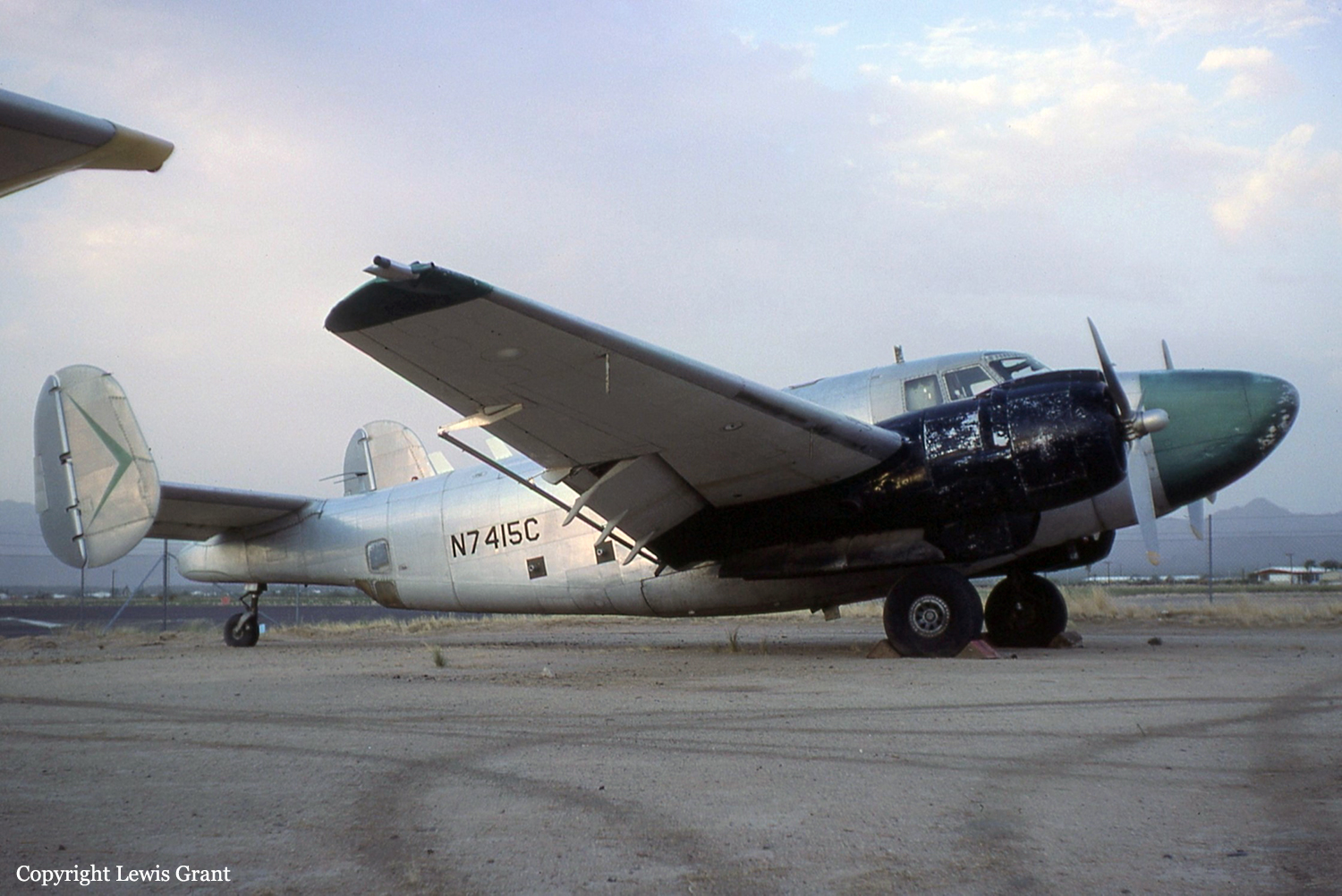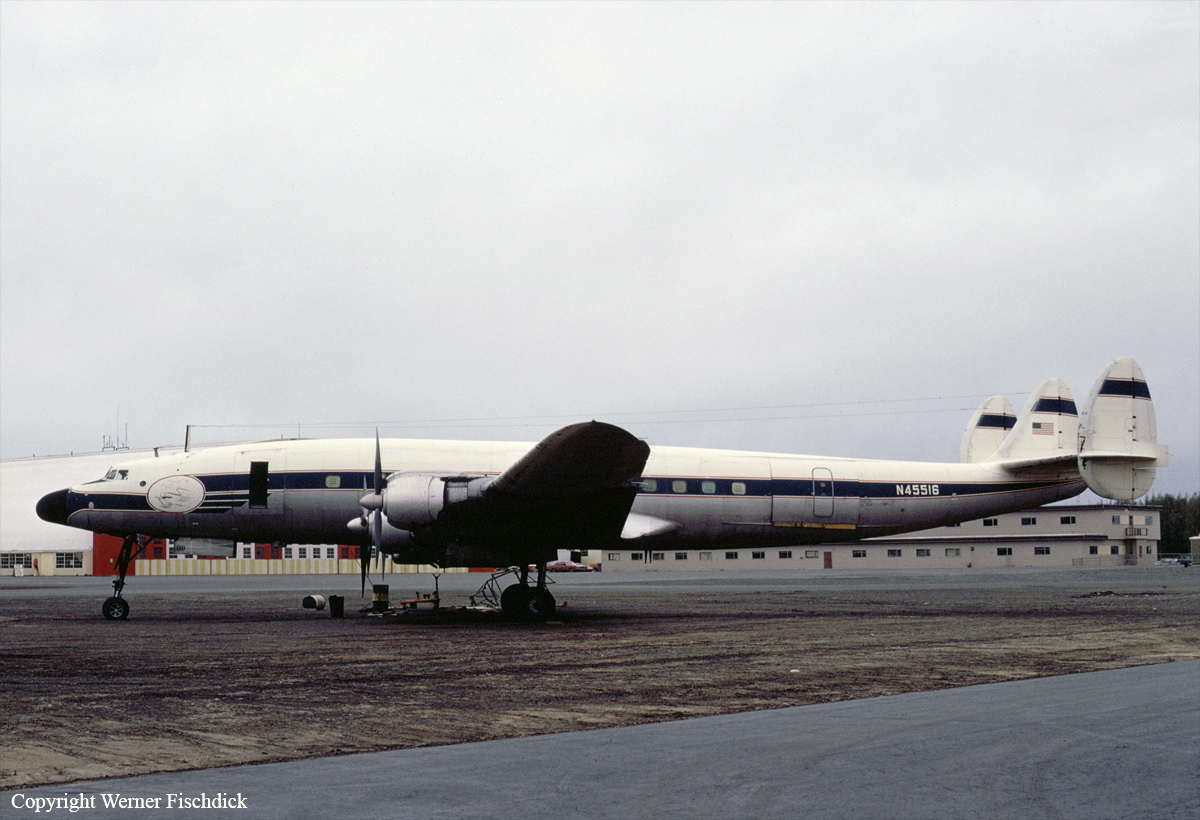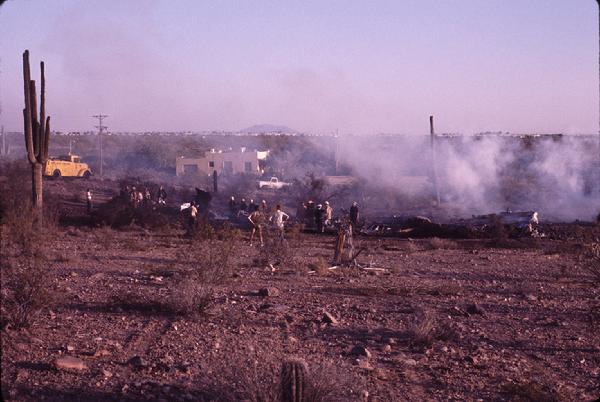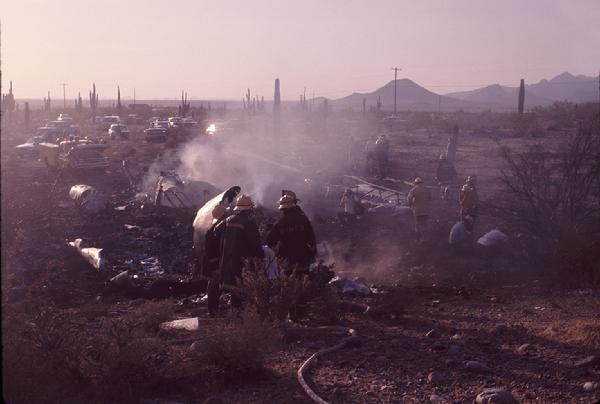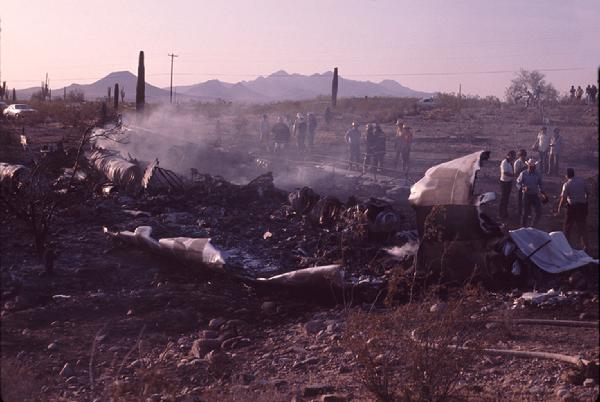Crash of a Honda HA-420 HondaJet in Mesa: 5 killed
Date & Time:
Nov 5, 2024 at 1639 LT
Registration:
N57HP
Survivors:
Yes
Schedule:
Mesa - Provo
MSN:
420-00033
YOM:
2016
Crew on board:
2
Crew fatalities:
Pax on board:
3
Pax fatalities:
Other fatalities:
Total fatalities:
5
Circumstances:
During the takeoff roll on runway 22L at Mesa-Falcon Field Airport, after completing a distance of about 3,400 feet and at a speed of 133 knots, the crew decided to abort the takeoff procedure and initiated an emergency braking maneuver. Unable to stop within the remaining distance, the airplane overran, went through the perimeter fence, hit a car moving around on North Greenfield Road and eventually came to rest against trees, bursting into flames. A passenger was rescued while four other occupants, two passengers and both pilots were killed. The car's driver was also killed. The accident occurred in good weather conditions.
